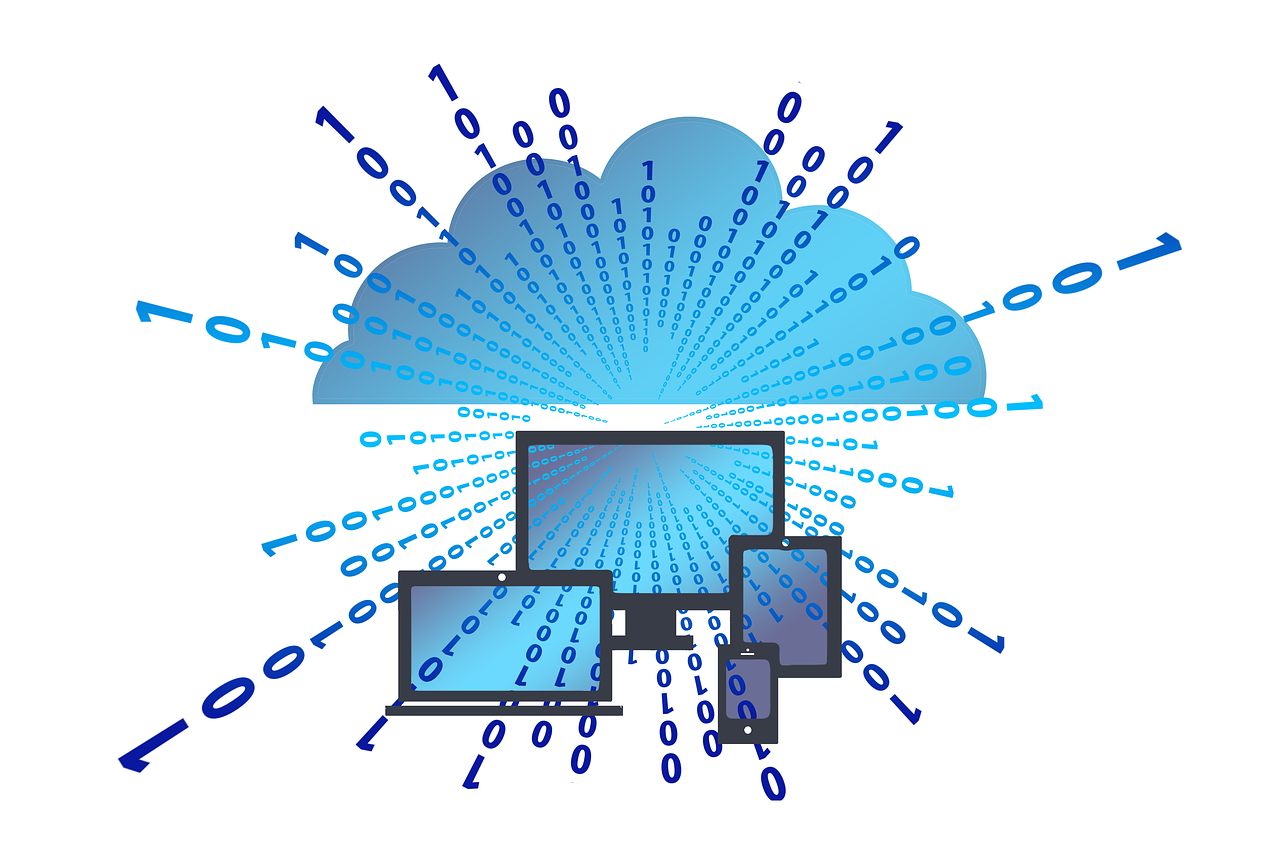There’s no doubt that cloud computing transformed the professional scene, giving companies a place to store and share information and applications with ease. The corporate world embraced cloud technology readily. The public cloud services market has grown from $145.3 billion in 2016 to $305 billion in 2021. But companies are starting to worry about the security of the information stored or shared on the cloud.
Cloud data can be vulnerable to attacks. There are so many ways that hackers can access and steal your data. Below, we examine some vulnerabilities that cloud computing users should know. Also, we review how to protect your data while still enjoying the convenience provided by cloud computing.
Cloud Computing Vulnerabilities You Should Know
1. Data Breaches
Data breaches are common occurrences and lead to massive losses of data and funds. They can happen to an organization of any size, although small businesses seem to face it more. A 2019 report indicated that up to 43 percent of data breach victims were small businesses. The main reason is that they can’t protect themselves as well as the larger corporations can.
Some threats come from inside the organization, sometimes unintentionally. A worker trying to choose a work comp doctor on the shared company platform might accidentally access other workers’ information, for example.
Some of the impacts of data breaches are as follows:
- Loss of data, intellectual property, and money
- Brand reputation damage leading to loss of sponsors and customers
- Fines and penalties
- Legal actions
It can be quite costly to remedy the situation, even aside from the other expenses incurred in incident reporting and investigation. A data breach can cause adverse damage to any business or corporation.
How to Protect Yourself From Data Breaches
Data breach attacks happen through downloaded malware to your computer systems, remote exploitation of vulnerable cloud security, or someone physically accessing your PC and stealing information. Although there’s no one solution for every type of hack, the following methods can offer substantial help in keeping your data secure.
- Conduct regular security audits to know who has access to your data at all times.
- Be prepared with a thorough incident report strategy that has a patching strategy.
- The servers should be secure with encrypted data that is retrievable on cloud.
Account Hijacking
Account hijacking involves stealing user credentials stored on the cloud. This is among the top cloud computing vulnerabilities that exist. Hackers have various ways of stealing this information.
- Keyloggers: This program reads the keys pressed by a user as they input their passwords and user IDs and sends them to the attacker.
- Phishing: Users get directed to unsecured websites that access and steal their information, especially the log-in credentials.
- Brute force attacks: Attackers can hijack your account by guessing the password until they get it right. There is software available for this type of hacking.
- Buffer overflow attacks: The attackers overwrite your data with malicious data that enables a hacker to access your cloud information.
How to Protect Yourself from Account Hijacking
- Don’t use obvious passwords like your name or your basic information. Also, change passwords regularly so that you are protected against brute force attacks.
- Apply multi-factor identification for extra precaution should the hackers try to access your account remotely.
- Avoid clicking on links that you aren’t sure of and ensure everyone in the company is educated on phishing attacks.
Securing Cloud Data
There are other ways attackers can access your cloud data, such as unsecured application user interfaces (APIs), system vulnerabilities, and ill-intentioned insiders. However, taking simple precautions, as discussed above, can help mitigate the vulnerability.
You don’t have to wait for an attack to occur before safeguarding your data on the cloud. Ensure that you have a cybersecurity strategy and a proper patching plan to help you get back on your feet in case of an attack.
Also read: Microsoft SQL certifications: Consider The following Factors Before Choosing One
